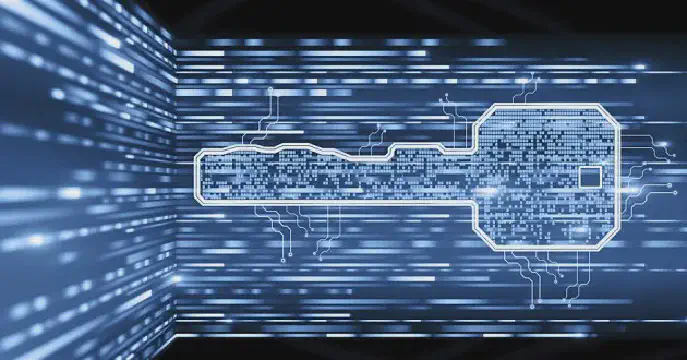Excerpt§
Learn how CRC (Cyclic Redundancy Check) is used in error detection in networking. Understand the process of generating and checking CRC, its benefits, and limitations.
Maintaining the integrity of data during transmission over networks is critical. Cyclic Redundancy Check or CRC plays a pivotal role in detecting accidental errors induced in data due to noise. This post explains how CRC works and how it is leveraged in networking protocols and systems for reliable error detection.
Introduction§
In digital communications, data can get corrupted due to interference or other factors affecting transmission media and hardware. Detecting such errors is essential for reliable data transfer. CRC is a commonly used method to verify data integrity in networks.
What is CRC?§
Cyclic Redundancy Check or CRC is a type of checksum algorithm that detects accidental changes in data. It works by treating input data as a binary polynomial which gets divided by a CRC generator polynomial. The remainder of this division becomes the CRC code that gets appended to the input data.
At the receiving end, the CRC is calculated again on the data and verified against the transmitted CRC remainder. If they match, the data is deemed intact. This provides a simple and effective mechanism for error detection.
How CRC is Used in Error Detection§
Here is a high-level overview of using CRC for error checking in networks:
Before transmitting data, the CRC remainder is calculated by dividing it by a generator polynomial.
The CRC code is appended to the data frame or packet.
The data along with the CRC is transmitted over the network.
At the receiving node, the CRC is recalculated on the received data and compared to the extracted CRC remainder.
If both CRC values match, the data is considered error-free. Else errors are detected.
Generating the CRC§
The CRC remainder is generated by treating input data as a long binary number and performing modulo 2 division by the generator polynomial.
For example, for input 10011 and polynomial 1001: 10011 / 1001 = Quotient 100, Remainder 110
Here 110 is the 2-bit CRC remainder. More complex polynomials are used in real protocols.
Free Online Verification Tool
Checking the CRC§
The receiver extracts the data bits and transmitted CRC remainder from the packet or frame. It divides the data by the same polynomial that was used to generate the CRC originally. If the resulting CRC remainder matches the received CRC, the data is confirmed to be intact.
This CRC verification detects any changes to the payload during transmission. Damaged packets can be discarded and retransmitted.
Benefits of Using CRC§
Some benefits of using CRC for error detection:
- Simple and fast to implement in software and hardware.
- High error detection reliability with low overhead.
- Detects common errors like bit flips, burst errors, noise etc.
- Mathematical properties provide robust integrity checks.
Limitations of CRC§
Some limitations to consider:
- Does not detect all possible errors. Specific patterns may go undetected.
- Requires retransmission of faulty packets throwing errors.
- Cryptographic weaknesses if used incorrectly.
- Vulnerable to malicious tampering.
So CRC should be combined with other layered checks for comprehensive error detection.
Conclusion§
CRC provides a lightweight yet powerful method to detect accidental data corruption over networks. Generating CRC checksums and validating them on receipt helps identify transmission errors reliably. This enables discarding damaged packets and requesting retransmissions to recover clean data. When used properly in protocols and systems, CRCs greatly improve the integrity and accuracy of network data transfer.















